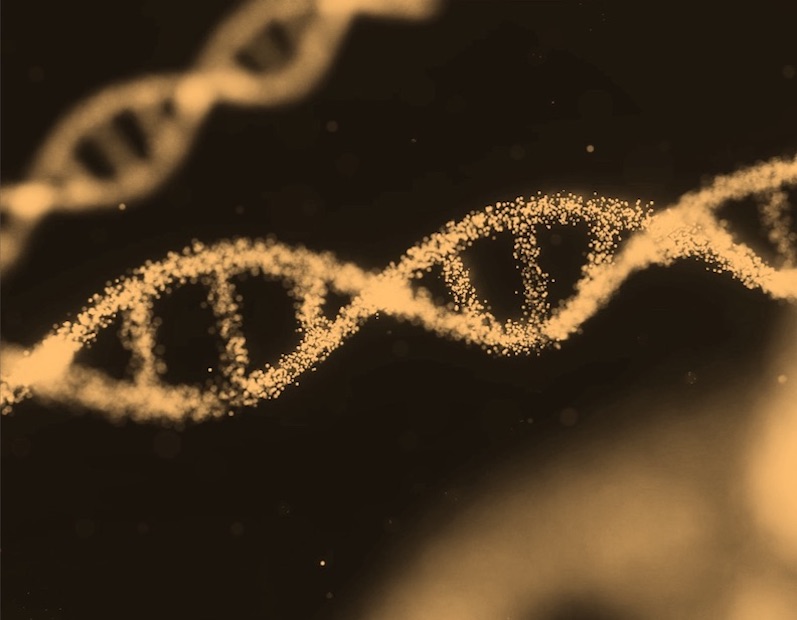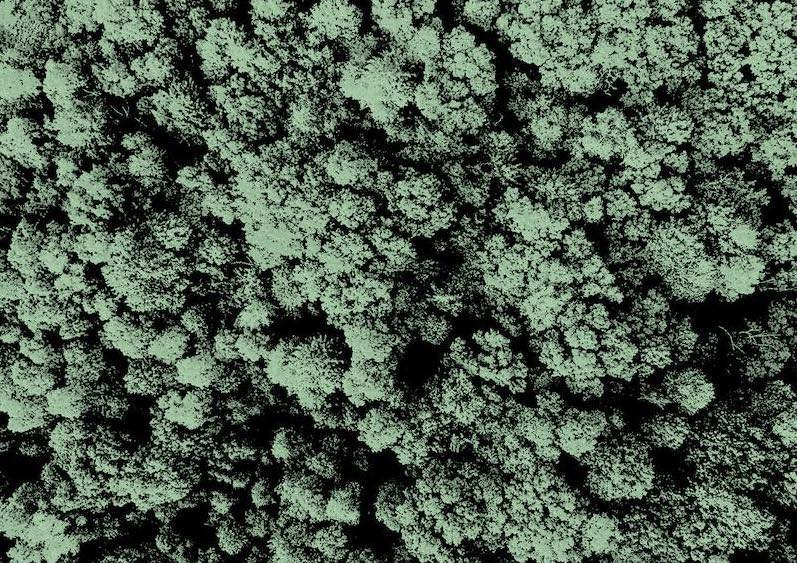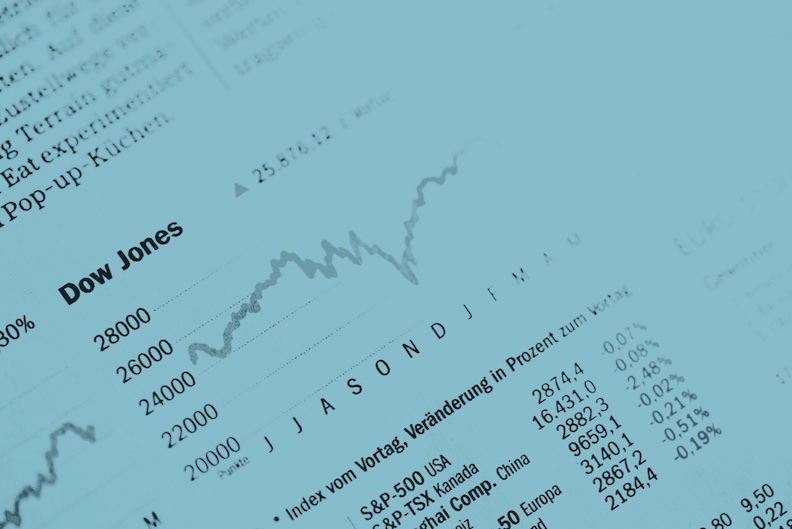What is it about?
We need to reduce carbon emissions to minimize adverse climate change. This study investigates the climate response after carbon emissions cease. A coupled carbon-climate Earth system model is integrated for 1,000 years with emissions of carbon occurring for the first 98 years. The surface temperature rapidly rises while carbon emissions occur, but then continues to rise for many centuries after carbon emissions cease. At first sight this continued warming after emissions cease might seem surprising. We explain this response using our theory, connecting both surface warming and ocean heat and carbon uptake to carbon emissions. After emissions cease, surface temperature evolves according to (i) how much of the emitted carbon remains in the atmosphere and (ii) how much of the additional radiative forcing warms the surface rather than the ocean interior. Surface temperature continues to increase after carbon emissions cease through a decline in ocean heat uptake, which increases the proportion of radiative forcing warming the surface. Eventually, after many centuries, surface temperature declines as the excess atmospheric carbon dioxide is taken up by the ocean and land.
Featured Image
Why is it important?
The Paris Climate Agreement includes a statement "Holding the increase in the global average temperature to well below 2 °C above pre-industrial levels and to pursue efforts to limit the temperature increase to 1.5 °C above pre-industrial levels, recognizing that this would significantly reduce the risks and impacts of climate change". We need to reduce the amount of carbon emitted to the atmosphere in order to avoid exceeding these warming targets over the next century. However, this work shows that there may be continued warming for several centuries after carbon emissions cease, which further emphasises the need to reduce the amount of carbon emitted to the atmosphere.
Perspectives

We hope that this article provides a theoretical underpinning to understand the response of climate models. While the detailed projections of climate models are sensitive to different model choices and forcing, the overall response of the climate models is easy to understand: the more carbon we emit, the warmer it will become, and this effect may persist after carbon emissions cease. This study brought together authors with different skills and resources. The study combines theory that we have developed to understand how surface warming connects to carbon emissions and then applied the theory to understand the response of a 1000 year integration of an Earth system model.
Professor Richard G Williams
University of Liverpool Department of Earth Ocean and Ecological Sciences
Read the Original
This page is a summary of: Drivers of continued surface warming after cessation of carbon emissions, Geophysical Research Letters, October 2017, Wiley,
DOI: 10.1002/2017gl075080.
You can read the full text:
Resources
- Open Access version
Full article with supplementary material
Full article with supplementary material
- Interview
ResearchFeatures article published on 29 November 2017
An article on how the ocean moderates the carbon cycle and climate change
- Video
What happens to emitted carbon?
Outreach video showing what happens to the emitted carbon
- Video
Carbon emissions and surface warming
Outreach video about the equation we have used to understand how surface warming links to carbon emissions
- Video
Paris or Bust?
Outreach video drawing on our carbon budget projections
Contributors
The following have contributed to this page







